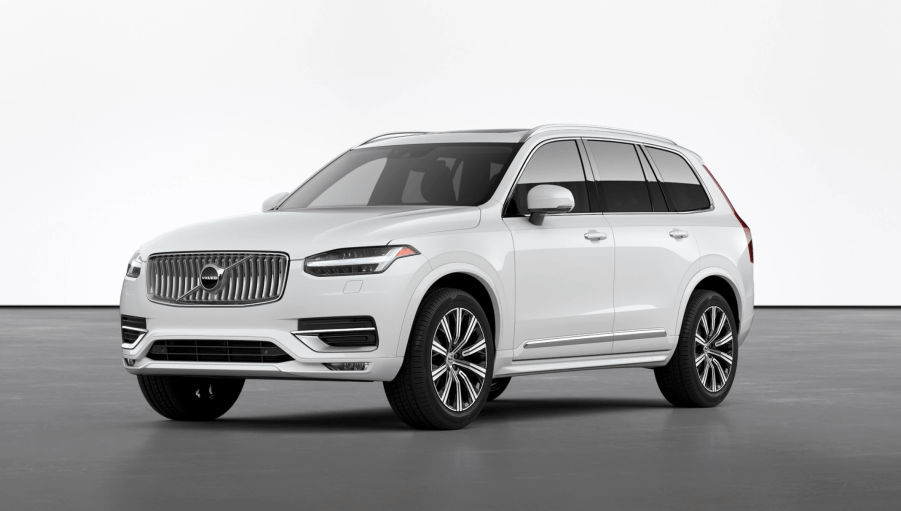
Mandatory Speed Limiters Could Make Going Too Fast Impossible
Sometimes the first thing you want to do once you get a new vehicle is hit the gas. It’s normal to see what your new truck, SUV, or car can do. However, with mandatory speed limiters and driver monitors, it may be impossible to go over the speed limit.
Speed limiters and driver monitors are required in Europe

According to Roadshow, new vehicles sold in Europe after May 2022 will be required to have speed limiters and systems to monitor driver attention levels. The European Commission announced these mandates on Tuesday and noted that the intelligent speed limiters alone could reduce fatalities on European roads by 20 percent.
The announcement came right after Volvo released its commitment to limit the top speed on all its future cars to 112 miles per hour. They also announced that all of its future vehicles will have camera systems designed to detect drowsy, distracted, or intoxicated drivers.
Meanwhile, the United States doesn’t have a mandate for automatic emergency braking yet. However, most automakers have pledged to make AEB standard on all new vehicles by September of 2022 to make roadways safer.
How do limiters work?
The speed limiters will use road sign recognition or data from navigation maps to warn the driver about the current speed limit. It will notify drivers if they are exceeding the speed limit. This technology is already offered on many new vehicles, but the EU will make it standard on every vehicle.
Engine power will be limited to match the speed limit of a road that the vehicle is traveling on to prevent drivers from speeding. It will be possible to override the system by pushing hard on the throttle, but the system will be engaged every time the vehicle is started.
Other safety technologies that are required include distracted or drowsy driver attention warning, automatic emergency braking, lane-keeping assistance, backup cameras, and an improved event data recorder to store information before an accident.
The rules still need to be formally approved by the EU parliament later this year. During the EU Commission’s announcement, they shared that it expected the required safety technologies to prevent about 25,000 deaths and 140,000 injuries on the road between 2022 and 2038. New vehicles will need to implement the technology by May 2022, and existing vehicle models have until May 2024 to add it.
Will safety rules become stricter?

A majority of automakers are moving toward increasing safety standards with the development of new technologies. While the speed limiters can be ignored by pressing the throttle harder, they may become more strict in the future.
If the driver continues to speed for several seconds, the system will provide audio warnings. A visual display will also be seen until the vehicle operates under the speed limit again. While the limiters will come with an on and off switch at first, later systems could become stricter.
This means that in the future, a more permanent system that reduces engine power could become mandatory. But public acceptance may be necessary for the introduction of these rules. We will keep you updated as we learn more.



